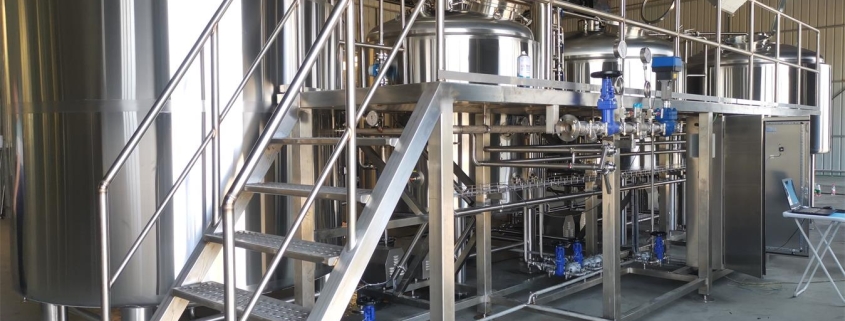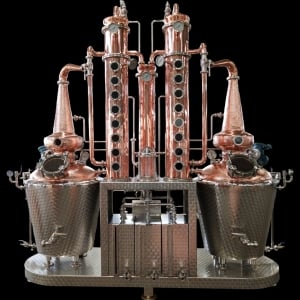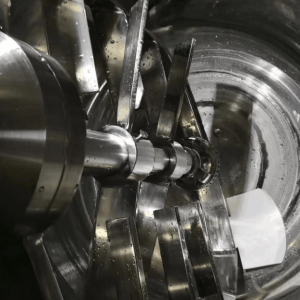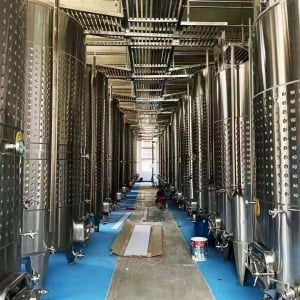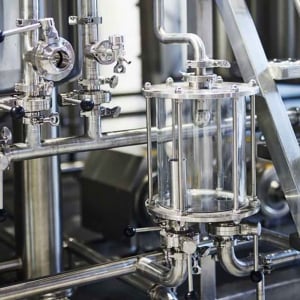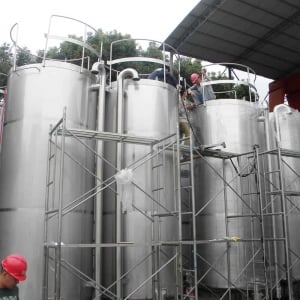Micro Brewery for Sale
Overview of Micro Breweries for Sale
Thinking about diving into the world of craft beer by purchasing a microbrewery? It’s an exciting venture, filled with potential for creativity, community engagement, and profit. This guide will walk you through everything you need to know about finding a micro brewery for sale, from understanding the equipment you’ll need, to the brewing process, layout considerations, and choosing the right supplier. Whether you’re a seasoned brewer looking to expand or a novice just starting out, this comprehensive guide is for you.
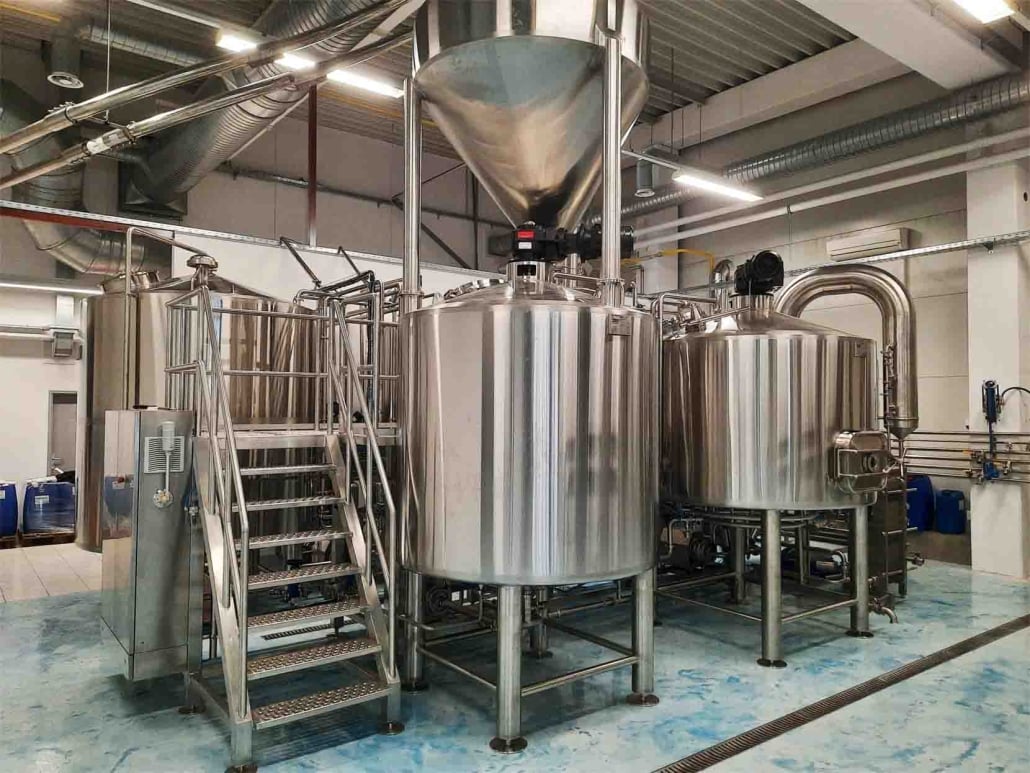
Understanding Microbrewery Equipment
Setting up a microbrewery involves a range of specialized equipment. Here’s what you’ll need:
Equipment Guide
Starting a microbrewery isn’t just about brewing beer; it involves understanding and investing in the right equipment. Here’s a detailed look at the essential components:
- Brewhouse: The heart of any brewery where the mashing, lautering, boiling, and whirlpool processes take place.
- Fermenters: Tanks where wort is fermented into beer.
- Brite Tanks: Vessels where beer is conditioned, carbonated, and stored.
- Kettles: Used for boiling the wort with hops.
- Mash Tuns: Where grains are mashed to extract sugars.
- Pumps and Piping: Essential for moving liquids throughout the brewing process.
- Cooling Systems: Important for maintaining the right fermentation temperatures.
- Cleaning Systems: Ensuring all equipment remains hygienic and ready for use.
Equipment Types
| Equipment Type | Description |
|---|---|
| Brewhouse | Central hub for mashing, boiling, and whirlpool processes. |
| Fermenters | Tanks where wort ferments into beer. |
| Brite Tanks | Used for conditioning, carbonating, and storing beer. |
| Kettles | Boiling wort with hops takes place here. |
| Mash Tuns | Extracts sugars from grains. |
| Pumps and Piping | For transferring liquids throughout the process. |
| Cooling Systems | Maintains fermentation temperatures. |
| Cleaning Systems | Ensures equipment hygiene. |
The Brewing Process
Let’s dive into the brewing process, which is both an art and a science:
- Mashing: Mixing milled grains with water to create a mash, which extracts fermentable sugars.
- Lautering: Separating the wort (liquid) from the grain husks.
- Boiling: Boiling the wort and adding hops for bitterness, flavor, and aroma.
- Fermentation: Cooling the wort and adding yeast to begin fermentation.
- Conditioning: Storing the beer in brite tanks to carbonate and mature.
- Packaging: Bottling, canning, or kegging the finished beer.
Each step requires careful attention to detail to ensure the final product meets your standards.
Microbrewery Design and Layout
When considering a microbrewery for sale, the design and layout are crucial:
Capacity, Space, Design, and Customization
| Aspect | Details |
|---|---|
| Capacity | Ranges from small batches (3-10 barrels) to larger systems (up to 30 barrels). |
| Space Requirements | Depends on capacity; plan for storage, brewing, and public areas. |
| Design | Efficient workflow from brewing to packaging. |
| Customization Options | Custom tanks, branding, and layout to suit your needs. |
Finding the Right Supplier
Choosing the right supplier for your microbrewery equipment can make or break your business. Consider the following:
Suppliers and Price Range
| Supplier | Price Range | Reputation |
|---|---|---|
| Supplier A | $50,000 – $100,000 | High quality, reliable |
| Supplier B | $75,000 – $150,000 | Excellent support |
| Supplier C | $40,000 – $90,000 | Cost-effective |
Installation, Operation, and Maintenance
Getting your microbrewery up and running involves more than just buying equipment. Here’s a breakdown:
| Aspect | Details |
|---|---|
| Installation | Professional installation recommended; budget for setup costs. |
| Operation | Training required for brewing, maintenance, and safety protocols. |
| Maintenance | Regular cleaning, inspection, and servicing to ensure longevity. |
How to Choose the Right Supplier
Choosing a supplier isn’t just about price. Here’s what you should consider:
| Consideration | Details |
|---|---|
| Quality | Ensure equipment meets industry standards. |
| Support | Look for suppliers that offer ongoing support and training. |
| Warranty | Check for comprehensive warranties on all equipment. |
| Reviews | Research customer reviews and testimonials. |
Advantages and Disadvantages of Buying a Microbrewery
Purchasing a microbrewery comes with its own set of pros and cons:
| Aspect | Advantages | Disadvantages |
|---|---|---|
| Cost | Potential for high returns on investment. | High initial investment and ongoing costs. |
| Control | Full control over recipes, quality, and production. | Requires expertise and experience in brewing. |
| Flexibility | Ability to innovate and create unique brews. | Risk of market saturation and competition. |
| Community Engagement | Strong local community support and customer loyalty. | Regulatory hurdles and licensing requirements. |
Comparing Microbrewery Sizes and Capacities
Choosing the right size for your microbrewery depends on your goals:
| Size/Capacity | Advantages | Disadvantages |
|---|---|---|
| Small (3-10 barrels) | Lower initial cost, easier to manage. | Limited production capacity. |
| Medium (10-20 barrels) | Balanced cost and capacity, good for growth. | Requires more space and investment. |
| Large (20+ barrels) | High production, potential for larger profits. | Significant investment and space requirements. |

FAQ
| Question | Answer |
|---|---|
| What is a microbrewery? | A small-scale brewery that produces limited quantities of beer. |
| How much does it cost to buy a microbrewery? | Costs can range from $50,000 to $150,000 or more, depending on size and equipment. |
| What are the benefits of owning a microbrewery? | Creative control, community engagement, and potential for profit. |
| What are the challenges? | High initial costs, regulatory requirements, and market competition. |
| How do I choose the right equipment? | Consider capacity, space, quality, and supplier reputation. |
| What licenses are required? | Varies by location; typically includes brewing, selling, and health permits. |
Conclusion
Embarking on the journey to own a microbrewery is exciting and filled with opportunities. From choosing the right equipment and layout to understanding the brewing process and optimizing your business for SEO, this guide covers all the essential aspects. Whether you’re a passionate homebrewer ready to scale up or an entrepreneur looking to enter the craft beer industry, the key to success lies in careful planning, quality equipment, and a deep understanding of your market. Cheers to your brewing success!

